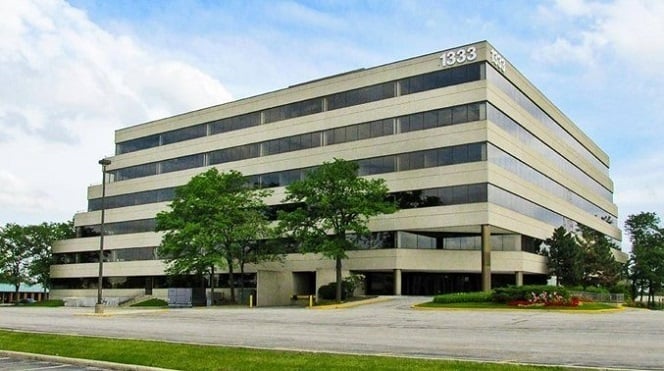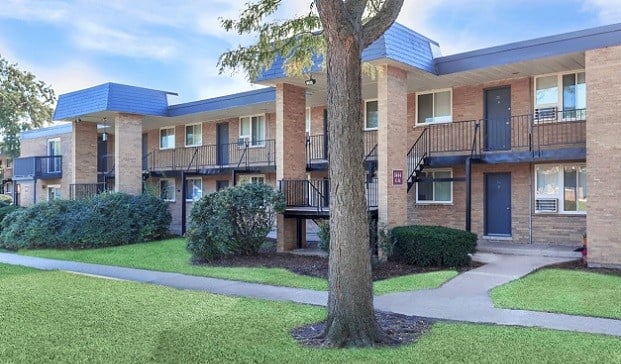BREA, CA—The rise in interest rates could further the strength of the US dollar, which will give US firms more purchasing power on imports, Unire Real Estate Group's director of client services Griffin Cogorno tells GlobeSt.com. Given the Fed's recent decision about a rate hike, we spoke exclusively with Cogorno about this topic as well as property-, asset- and construction-management trends to watch for in 2016.
GlobeSt.com: What were the greatest challenges in property, asset and construction management in 2015?
Cogorno: 2015 posed some challenges for everyone in the marketplace, which was explosive this year. Developers were pushing to complete projects, tenants were chasing limited inventory, owners were able to hold the upper hand in lease negotiations and land remained very scarce. Demand continued to be a major story as tenants and owners chased a lack of inventory, which pushed caps lower and rents higher. Value-add funds moved to more secondary locations and tertiary locations, chasing yield as vacancy continued to decline to record lows in core and core-minus locations. As 2015 comes to a close, it appears that 2016 will continue with a similar story.
GlobeSt.com: How do you see these challenges shifting in 2016?
Cogorno: In 2016, we are expecting demand to continue to outpace supply. Now that the Fed has officially raised interest rates for the first time since 2006, cap rates should subsequently rise with interest rates, since the cost of funds will rise and directly affect the ROI for owners, funds, REITs and equity players. These players will be paying close attention to their cost of funds with an eye on the Fed's since they plan to raise rates throughout 2016, with respect to their pro forma models. The rise in interest rates could further the strength of the US dollar, which will give US firms more purchasing power on imports. An increase in imports (containers with goods) directly effects the US industrial core markets since logistics, distribution, retail and all other companies will require additional square footage to house the increase in imports. More cargo containers coming onto American soil puts pressure on the core markets, which will continue to drive demand in a very competitive market.
GlobeSt.com: Tell us more about how the increased purchasing power for imports could impact the industrial sector.
Cogorno: In addition to the above highlighted notes, it is important to note that the industrial sector relies on the purchasing of goods from the consumer and supplier. Fifty percent of all goods brought into the ports of Los Angeles and Long Beach stay in the Southern California. The other 50% is distributed throughout the US by rail or truck. As the ports continue to unload more TEUs (20-foot equivalent containers), the demand to house and distribute those goods increases. Each TEU is responsible for 15 square feet of industrial space. As consumers and suppliers purchase more due to a strong dollar, the industrial market is directly affected with an increase in demand as well.
As the dollar continues to strengthen against other currencies, US companies can buy more for less than they could a year or two ago. This increase in purchasing power will require additional industrial space to house these goods. There is a reason why large retailers like Home Depot, Lowe's, Whirlpool, Skechers, etc., have multi-million-square-foot facilities in SoCal and throughout the US.
The strength of the dollar isn't the only barometer for predicting the industrial sector's strength. As the dollar gives up strength, it doesn't necessarily mean that vacancy will increase in industrial. One must look at the strength of the economy, inventory, leasing trends, the cost of funds and many other indicators. For the last few years, we have seen a very strong market emerge with high demand for industrial, a strengthening dollar, higher consumer demand and an increase in jobs. Right now, the market is strong and is moving very fast. Our clients are consistently relying on us to provide them with real-time data and information to assist with their short- and long-term directives. Unire Group remains focused on providing best-in-class services to our clients while remaining independent.
GlobeSt.com: In light of terrorism's prevalence, what security issues have arisen in property management, and how are they being handled?
Cogorno: Unire Group hasn't experienced any security issues, but we are in constant communication with clients to ensure their security needs are being met. The moment any of our tenants expresses interest or concern that they need heightened security, we would implement plans that would best meet their needs, depending on location, square footage of asset and other factors.
GlobeSt.com: What else should our readers know about property, asset and construction management?
Cogorno: I would stress the importance of open lines of communication when embarking on any property-management relationship. This makes for a streamlined business, which in turn makes for more substantial ROIs. Efficiency is key in all projects.
© 2025 ALM Global, LLC, All Rights Reserved. Request academic re-use from www.copyright.com. All other uses, submit a request to [email protected]. For more information visit Asset & Logo Licensing.







